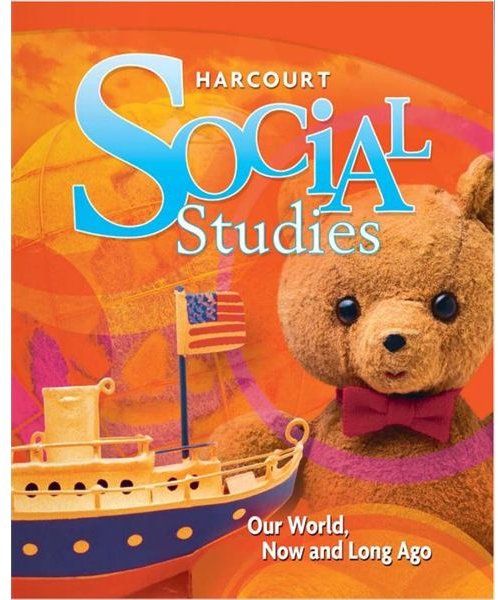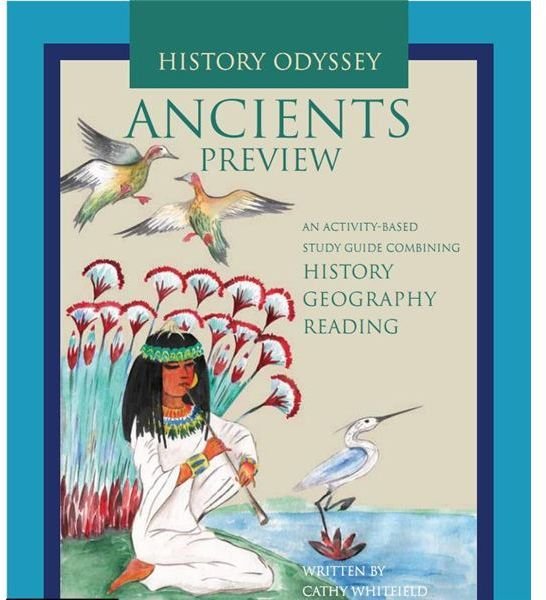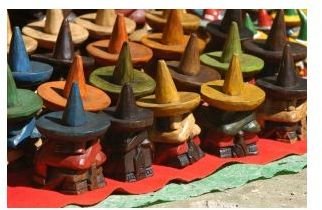What Is the Best Homeschool Curriculum for Social Studies?
I Know I Need to Teach Social Studies, I Just Have No Idea How to Go About It!
I
f you’ve been trying to figure out how to choose a homeschool curriculum for social studies or wondering what the best social studies homeschool curriculum is, look no further. There are many different curriculum options available and two basic approaches with respect to the organization of the material that you can take when teaching social studies in your homeschool. You can either take the classical approach or you can take the standards-based approach. According to the National Curriculum Standards for Social Studies, a typical social studies curriculum includes the following topics:
- Culture
- Time, Continuity, and Change
- Peoples, Places, and Environments
- Individual Development and Identity
- Individuals, Groups, and Institutions
- Power, Authority, and Governance
- Production, Distribution, and Consumption
- Science, Technology, and Society
- Global Connections
- Civic Ideas and Practices
When looking at the above topics, what do you think about? Often, social studies becomes conflated with history, but as you can see above, social studies is more far-reaching than just history, or even history and geography. If you focus solely on history and geography for your curriculum needs, then you will be missing out on important facets of social studies education - facets dealing with psychology, political science, economics, current events etc. With a little work, however, you can create a social studies program that covers all ten topics each year - and you can still follow a history based approach. When you evaluate homeschool curriculum for social studies, check to see if the above topics are covered.
The Classical Approach
Typically, the classical approach to social studies focuses on the study of history and geography, and it does this by tracing the development of societies through time in a chronological fashion. The annals of history are typically divided into four time divisions, and the student will cycle through these time divisions (ancient, medieval and renaissance, modern, and 1900s-present) three times during their academic career based upon their developmental stage. The first time through, the focus is on learning historical facts, the second time through focuses upon organizing these facts, and the final time through focuses upon synthesizing facts, drawing conclusions, and making evaluative statements. Geography gets wrapped into the history study, and some anthropological study is brought into account.
The problem with the classical approach is that it tends to be narrow-sighted. While political science is wrapped into studies of history, and psychology may be mentioned or sociology may be glossed upon when famous figures in these disciplines are touched upon, any classical curriculum will need to be supplemented if you wish to meet the above ten criteria for adequate social studies education.
The Standards-Based Approach
On the other hand, focusing on the standards-based approach means that for each year, students are barraged with information from all ten topics. While the positives of taking a standards-based approach are that your child will be on par with state and national standards, and that the social studies education will be well rounded, the downside is that the presentation of historical facts in the standards-based approach often tends to be non-chronological. When taking the standards-based approach, it is often much easier to find curriculum to support your approach and your student can re-enter a public school classroom with relative ease.
The decision about whether to use a classical or standards-based approach to social studies is a personal one. The important thing when determining the best social studies homeschool curriculum is to use a balanced approach that works for you and your family. By combining the standards and classical approaches, you can find the best of both worlds - your student will be at “grade level” for the types of knowledge, but his or her studies will also be chronological, and grounded in the studies of history.
Harcourt Horizons Social Studies

Harcourt Horizons Social Studies takes students from first until sixth grade in their social studies curriculum. While Harcourt Horizons is not a homeschool curriculum for social studies, it does meet national social science standards. The complete set of books, manuals, and resources prices out at $135-$165 depending on the grade level. If you homeschool multiple children, it may be well worth the price if you plan to use the books each year. Home schools using Saxon will find that this is the program Saxon Homeschool advocates for grades K-6.
Pros:
- Your student will receive a well-rounded education with Harcourt Horizons
- Meets national social studies curriculum standards
- The teachers’ guide features many suggestions for further study
- Your student will be learning similar to other students in their grade
- Works well for instructors wanting to use a school-at-home method
- Books are colorful and engaging
Cons:
- Harcourt Horizons goes up to grade level 6, so you will need to switch curriculum choices after grade 6 (Holt Social Studies is the program used by Saxon, also $165 for the complete curriculum for each year)
- All of American history, all of world history is covered in a year for 5th and 6th grades, making it difficult for students to make connections between events because of the speed with which the instruction moves through history.
Rod and Staff

Rod and Staff is a Christian homeschool program. The social studies curriculum for Rod and Staff begins at grade two and continues through grade twelve (CLE Social Studies). The great thing about Rod and Staff is that the program is comprehensive and introduces students at a young age to vocabulary words they may not otherwise be exposed to. Homeschoolers will find the materials to be reasonably priced - the prices for full curriculum materials run between just under $9.00 for lower grade materials to $76.50 for upper grade materials.
Pros:
- Cost to value ratio is good - after all, the program is known for being rigorous, but your initial investments into the program are little
- Teacher and student manuals allow students and instructors to interact; many exercises can be done either orally or written in order to suit the needs of the homeschool
- Presents a variety of cultures to the student - and describes a number of ways of living
Cons:
- The program does come from a Christian, Mennonite perspective; so, secular families may not find it a good fit.
- The program may be a little bit dated when it comes to current research.
The Story of the World and Well-Trained Mind Approach
The Well Trained Mind by Susan Wise Bauer and Jessie Wise outlines a classical-based curriculum for students to follow. Social studies in this program are grouped into history lessons. The Story of the World is a series of books for kids in roughly first through fourth grades. The remainder of the history study is based upon one text (the spine) and activities such as outlining and report writing to synthesize learning.

Pandia Press has synthesized the materials recommended by Bauer and Wise, and incorporated these materials into a comprehensive social studies curriculum, <em>History Odyssey</em> with a well-thought-out lesson plan. You can either order print copies or you can order the e-copy through Pandia, which will cost you just under $35.00 per year depending upon the level.
Pros:
- Learning about the different social studies topics combined with the study of history makes topics like world geography more engaging
- Because the program is well laid out, it is easy for those employing History Odyssey to teach their children
- The program offers a secular approach to social studies
Cons:
- Because the focus is on history, some of the other topics of social studies such as psychology or social science get pushed out of the way
- You may need to supplement the program to make sure you meet all standards
- If you purchase all books recommended by the program, it can become expensive.
Your Own Social Studies Curriculum
Finally, if you don’t find that any of the three best social studies homeschool curriculum options fit your needs, you can always take it into your own hands and build your own curriculum. Be sure that you cover each of the ten topics required for social studies, and you can be sure that your program will be a success. If you want, you can create a homeschool curriculum for social studies by using your local library.
Further Resources
NCSS “National Curriculum Standards for Social Studies: Chapter 2 - The Themes of Social Studies.”
History Odyssey from Pandia Press
Images courtesy of sxc.hu/gallery/haak78, Hmhco.com, rodandstaffbooks.com
